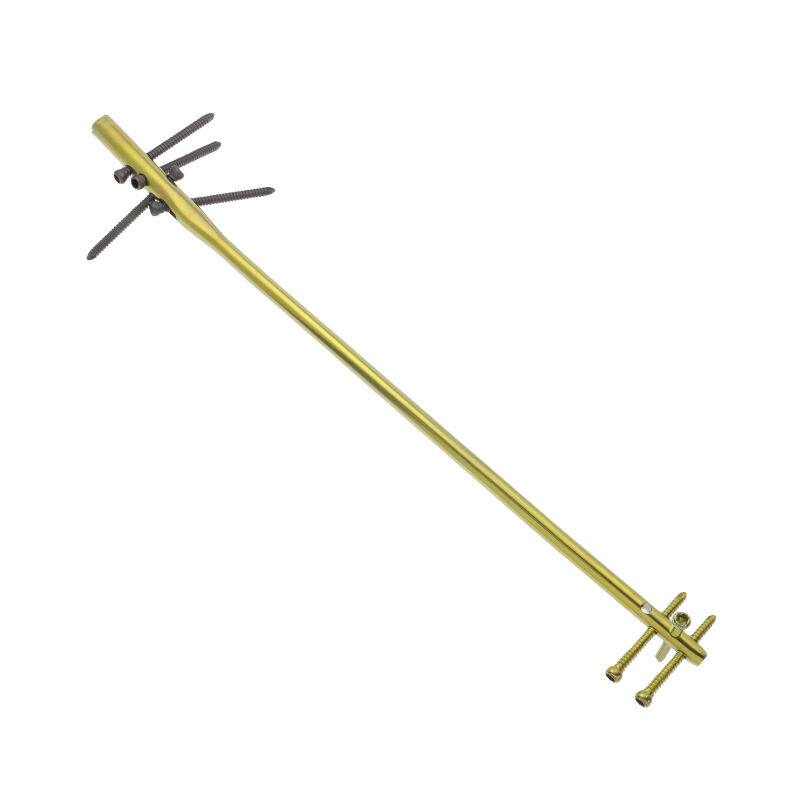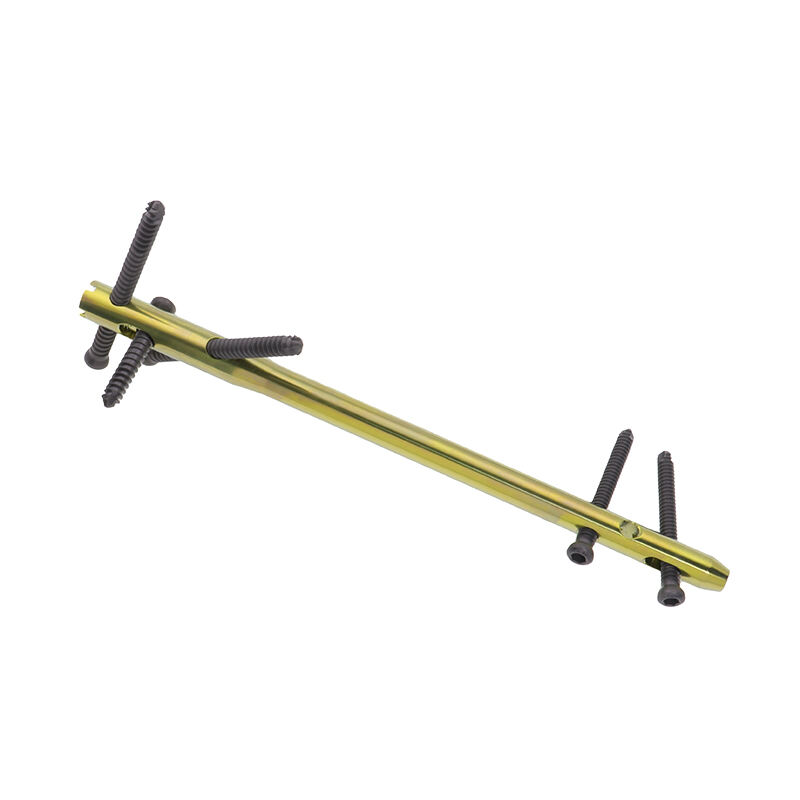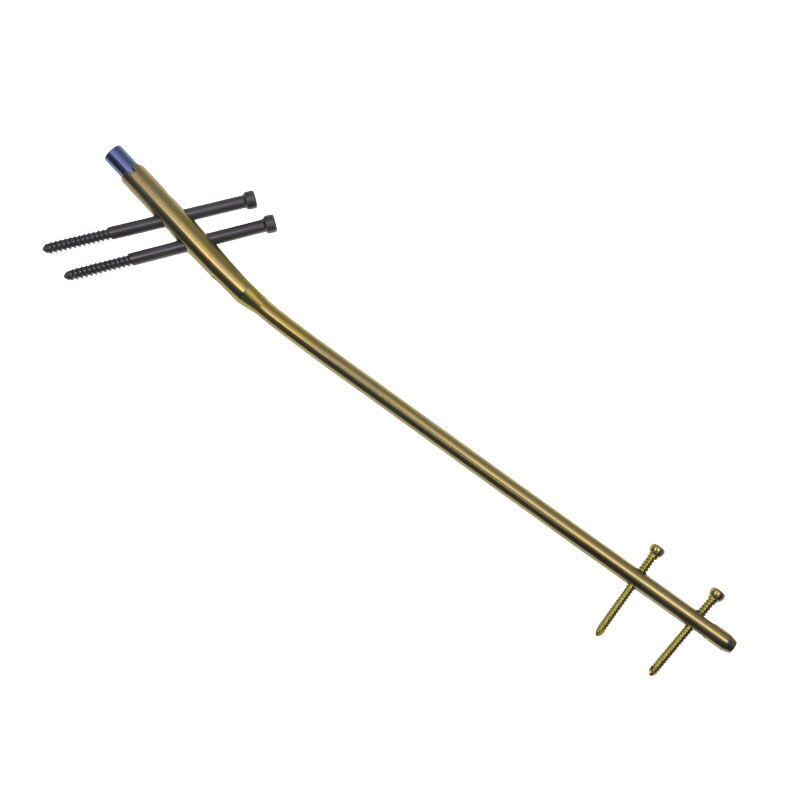nail trong tủy
Một đinh nội tuỷ là thiết bị chỉnh hình tinh vi được thiết kế để ổn định và hỗ trợ xương gãy từ bên trong khoang tuỷ. Thiết bị cấy ghép y tế cách mạng này hoạt động như một nẹp bên trong, cung cấp sự hỗ trợ cấu trúc quan trọng trong quá trình chữa lành của các xương dài bị gãy. Đinh thường được chế tạo từ các vật liệu tương hợp sinh học như titan hoặc thép không gỉ, đảm bảo cả độ bền và khả năng tương thích với cơ thể người. Thiết kế bao gồm nhiều đường kính và chiều dài khác nhau để phù hợp với kích thước xương và mẫu gãy khác nhau, đồng thời có các tùy chọn khóa gần và xa giúp ngăn ngừa xoay và duy trì đúng chiều dài xương. Các đinh nội tuỷ hiện đại bao gồm các tính năng tiên tiến như hình dạng uốn lượn theo giải phẫu khớp với độ cong tự nhiên của xương, nhiều tùy chọn khóa để tăng độ ổn định, và công nghệ phủ đặc biệt giúp thúc đẩy quá trình lành xương và giảm nguy cơ nhiễm trùng. Quá trình phẫu thuật đưa vào sử dụng phương pháp xâm lấn tối thiểu, thường chỉ yêu cầu các vết mổ nhỏ ở đầu xương, giúp bảo tồn mô mềm xung quanh và nguồn cung cấp máu. Thiết bị y tế này đã cách mạng hóa việc điều trị gãy xương bằng cách cho phép bệnh nhân di chuyển sớm hơn và giảm thời gian phục hồi so với các phương pháp cố định ngoài truyền thống.


